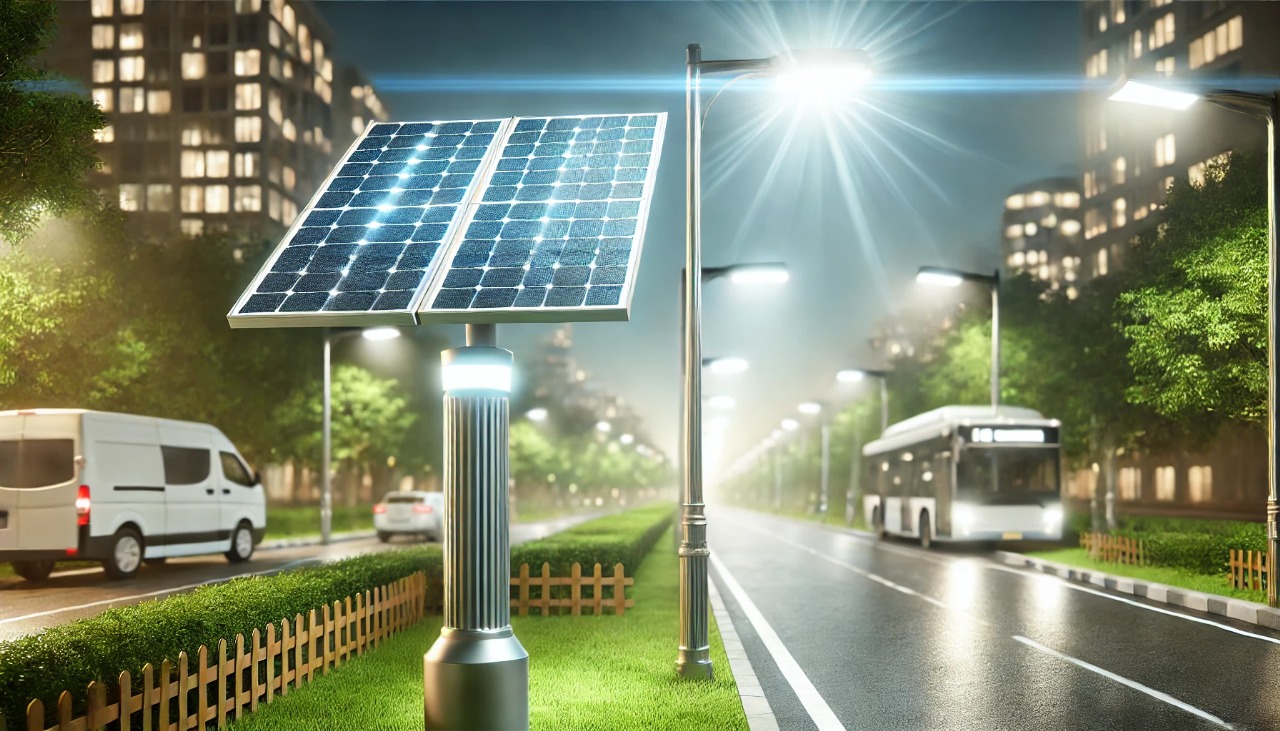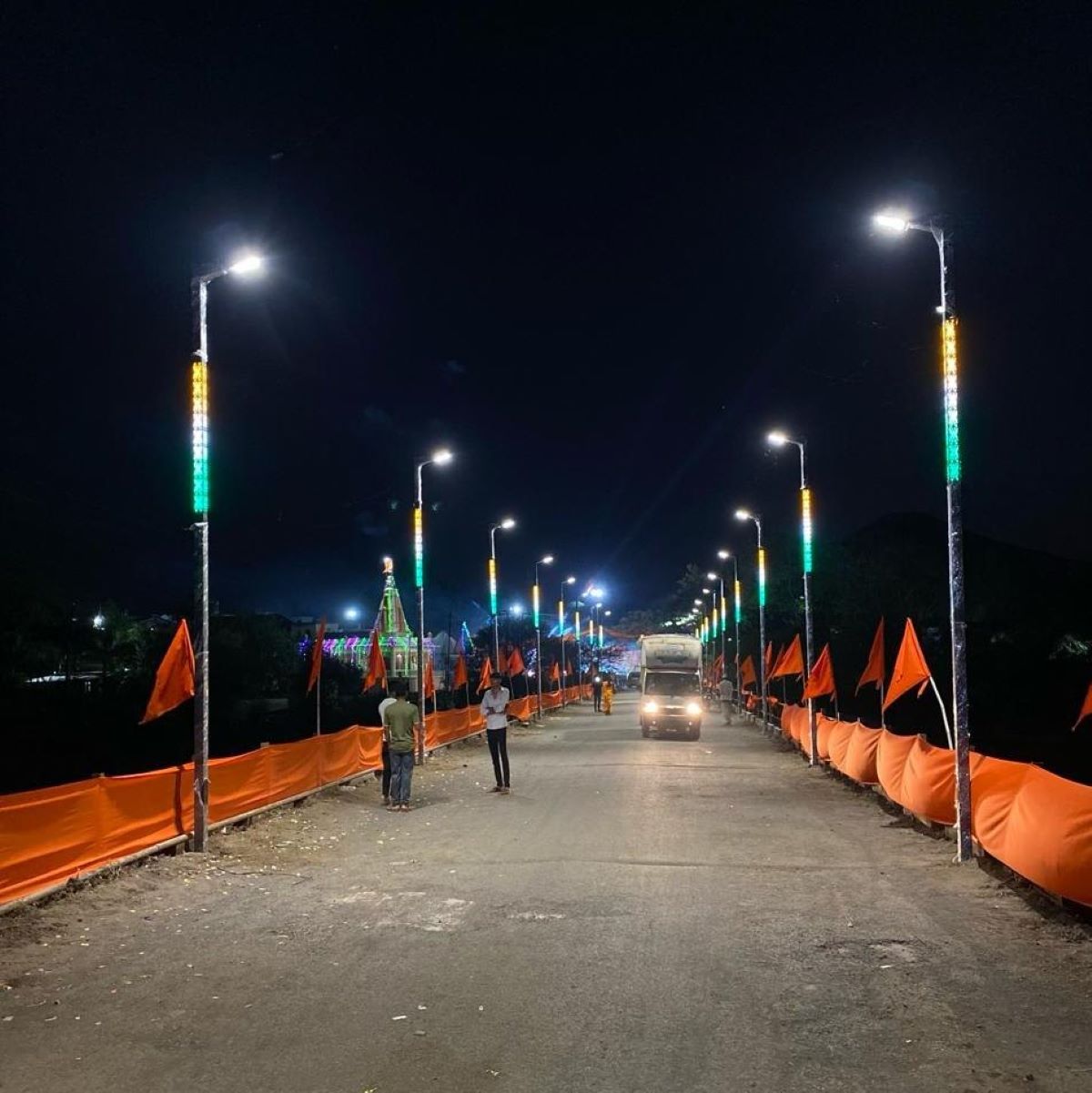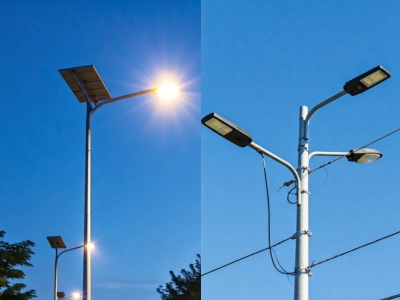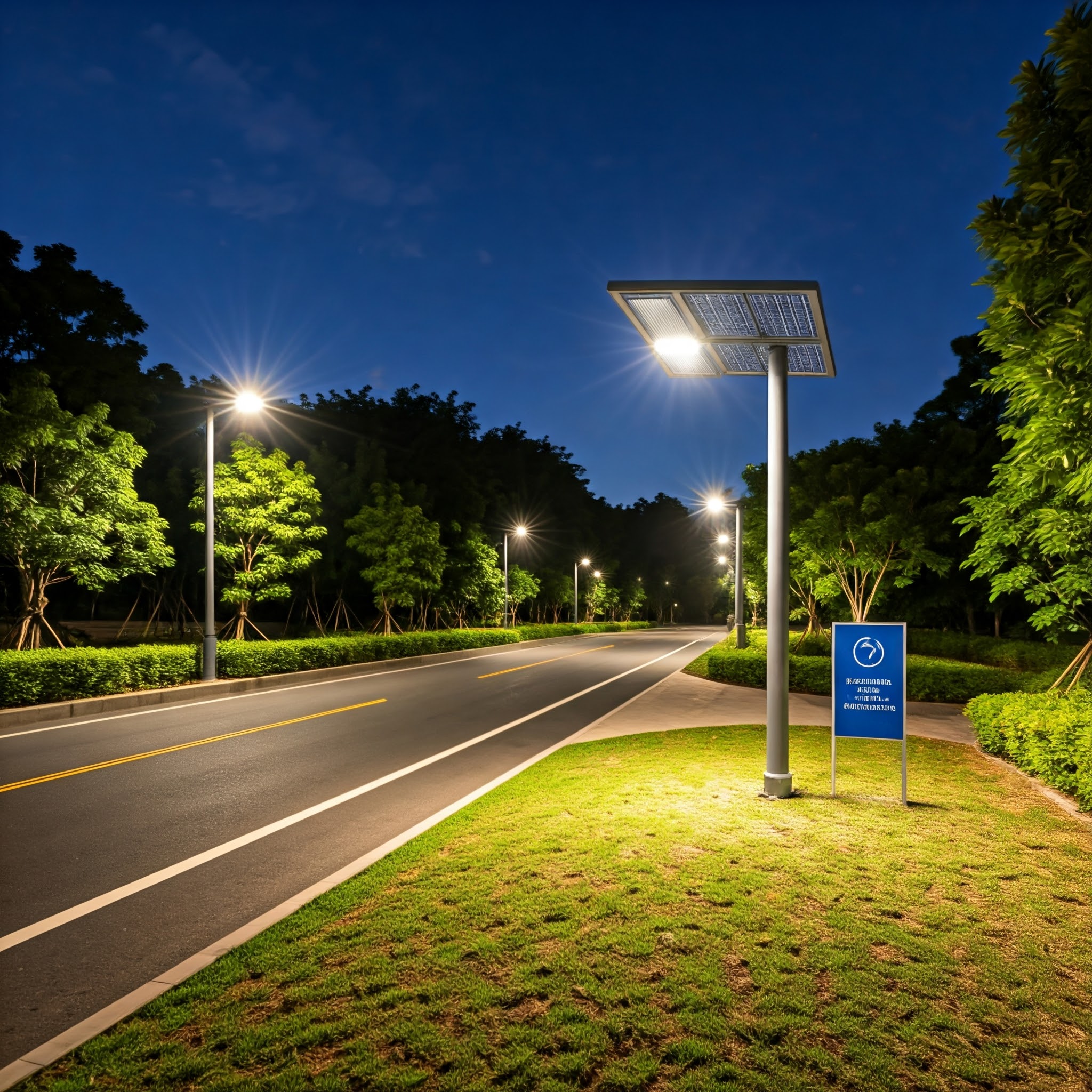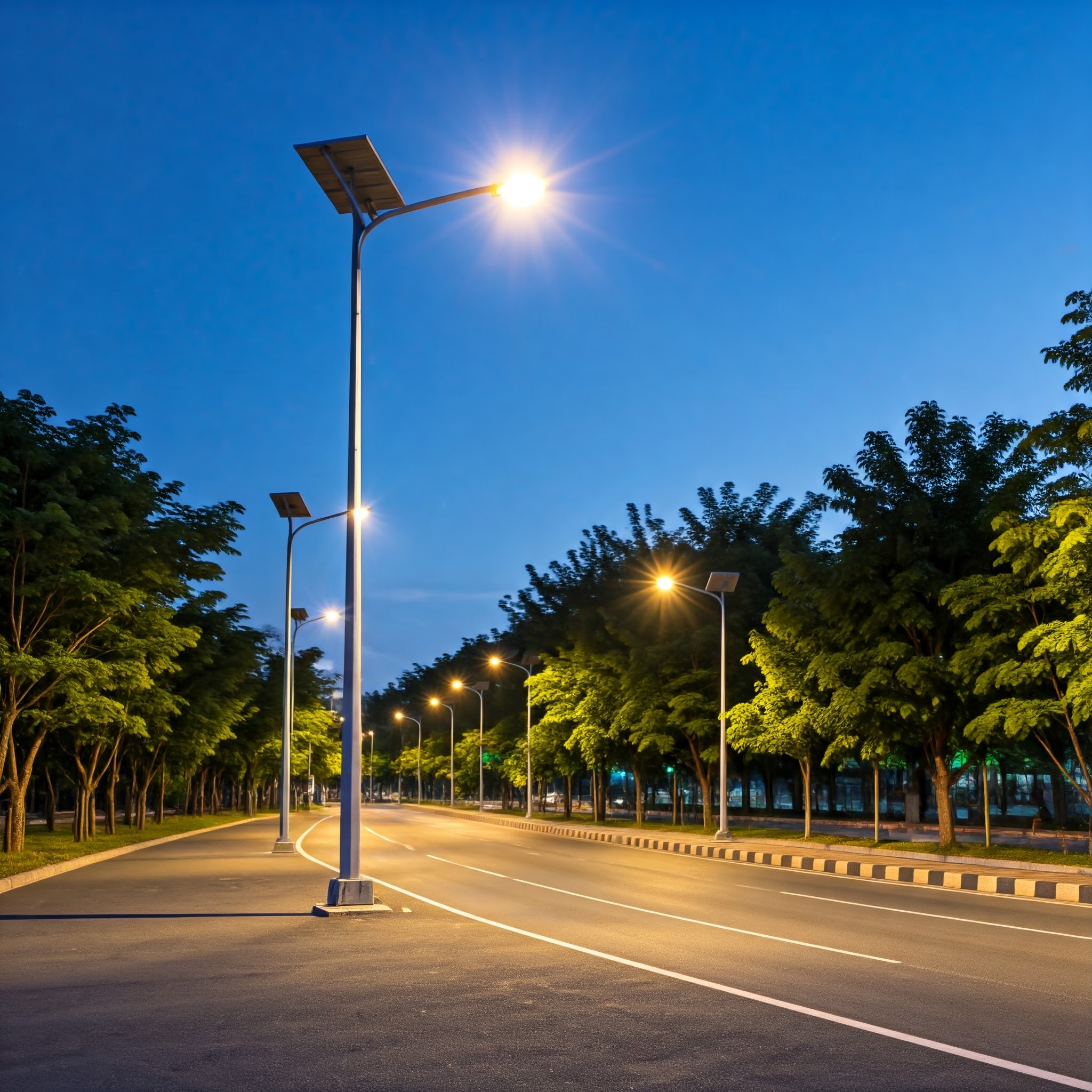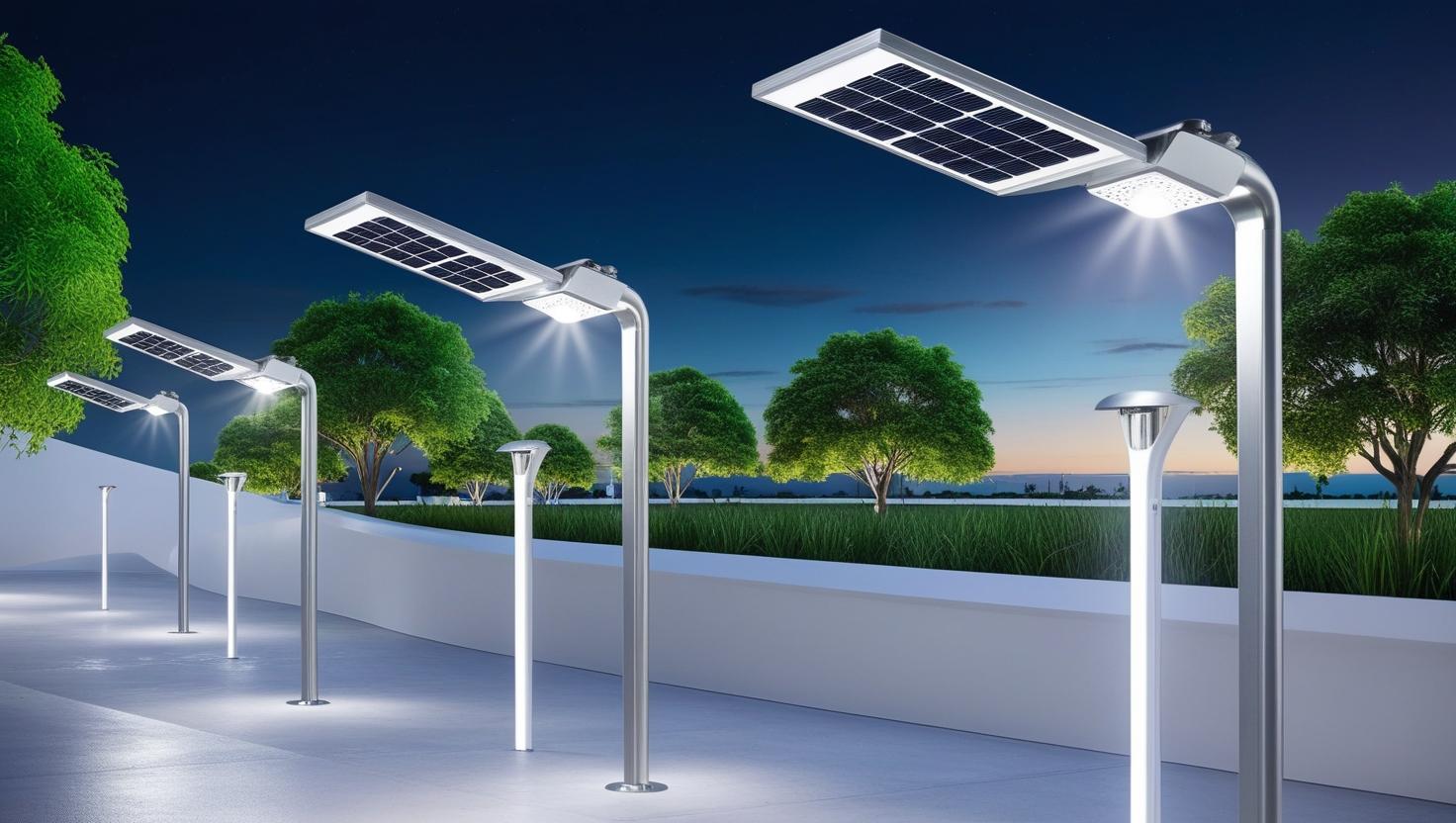Solar On-Grid vs. Off-Grid Systems: Components, Working & Benefits
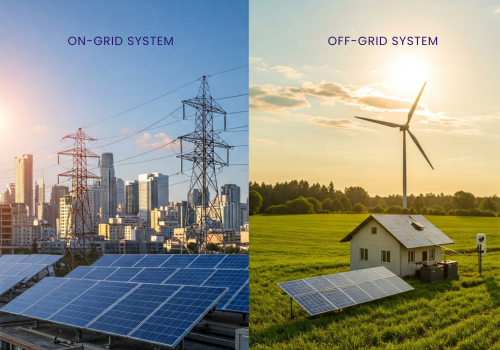
 Solar Lights
Solar Lights
Table of Contents
What is a Solar On-Grid System?
A solar on-grid system (grid-tied system) is directly connected to the utility grid. It allows users to generate electricity from solar panels and either consume it or export excess power to the grid. These systems are ideal for locations with a stable electricity supply and help reduce electricity costs through net metering.
Components of an On-Grid Solar System
- Solar Panels: Convert sunlight into direct current (DC) electricity.
- On-Grid Solar Inverter: Converts DC electricity into alternating current (AC) for household use and synchronizes with the grid.
- Net Metering System: Measures electricity usage and exports surplus energy to the grid.
- Grid Connection: Supplies power when solar energy production is low (e.g., at night).
- Protection Devices: Includes circuit breakers and surge protectors to safeguard the system.
How an On-Grid Solar System Works
- Solar panels capture sunlight and generate DC power.
- The inverter converts DC power into usable AC power.
- The electricity is used to power appliances; any excess energy is sent to the grid.
- When solar production is insufficient, electricity is drawn from the grid.
- A net meter calculates energy usage and exports, adjusting the electricity bill accordingly.
Benefits of an On-Grid Solar System
- Lower Electricity Bills: Earn credits for excess power sent to the grid (net metering).
- High Efficiency: No need for battery storage; direct energy use.
- Lower Initial Cost: No battery expense, reducing setup costs.
- Environmentally Friendly: Reduces reliance on fossil fuels.
- Scalability: Can be expanded to increase capacity as energy needs grow.
What is a Solar Off-Grid System?
An off-grid solar system operates independently of the utility grid. It is designed for locations without grid access or for those seeking complete energy independence. These systems rely on batteries to store excess energy for use during nighttime or cloudy days.
Components of an Off-Grid Solar System
- Solar Panels: Capture sunlight and generate electricity.
- Off-Grid Solar Inverter: Converts DC power into AC power for household use.
- Battery Bank: Stores excess solar energy for use at night or during low sunlight periods.
- Charge Controller: Regulates battery charging and prevents overcharging.
- Backup Generator (Optional): Provides power in case of extended cloudy days.
- Load Management System: Ensures energy is distributed efficiently to appliances.
How an Off-Grid Solar System Works
- Solar panels generate DC electricity from sunlight.
- The charge controller regulates the energy flow to batteries, preventing overcharging.
- The inverter converts DC power into AC power for appliances.
- Stored energy in batteries is used when solar production is insufficient.
- A backup generator can supplement power during prolonged cloudy days.
Benefits of an Off-Grid Solar System
- Complete Energy Independence: No reliance on utility providers.
- Reliable in Remote Areas: Ideal for rural locations without grid access.
- Zero Electricity Bills: No monthly power costs.
- Backup Power Available: Batteries ensure power availability during blackouts.
- Customizable System: Can be designed to meet specific energy demands.
4. Frequently Asked Questions (FAQs)
Conclusion: Which Solar System is Right for You?
Choose an on-grid solar system if you have a stable grid connection and want to reduce electricity bills with net metering. These systems are cost-effective and efficient but depend on the utility grid.
Choose an off-grid solar system if you need energy independence, live in a remote area, or face frequent power outages. These systems provide autonomy but require a higher initial investment due to battery storage costs.
Both systems contribute to a greener planet and long-term savings. The right choice depends on your location, energy needs, and budget.





